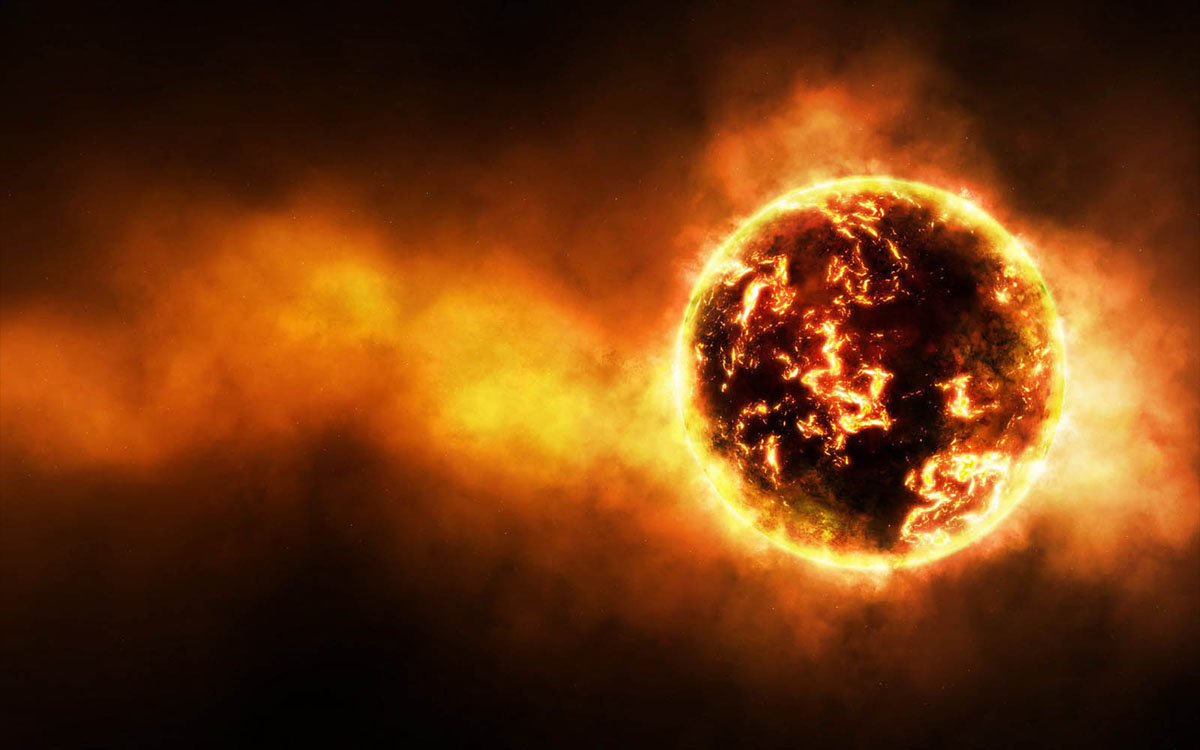the deep space cataclysm that keeps on happening

Fast radio bursts, or FRBs, are quickly becoming one of the most interesting things out there in deep space and the more we study them, the more strange questions they raise. In less than a year, the media declared them to be alien broadcasts and a few days later, just random flukes, while actual scientists confirmed not only that they’re very real, but that they’re coming from as far as six billion light years away and shed light on matters of cosmological significance. But for all the new and ever more detailed observations, we still had little clue what’s causing them and my favorite theory involving some really extreme physics, might turn out to be flawed according to a new paper which finally has some hard data about the objects causing the FRBs. You see, any theory involving a cataclysmic event emitting one of these bursts means that the signal can come from a particular location only once because the object that created them was destroyed, but apparently, that’s not what we’re seeing. In fact, the same object can generate multiple and intermittent FRBs, meaning that despite their energy, their source is still very much there.
After studying a single burst called FRB 121102, astronomers around the world saw that it was repeating. There was no regular pattern, but it definitely recurred ten times according to what’s known as the dispersion measure: disruptions in the signal caused by its path through the dust and gas of space on its way to us, which, as recently mentioned, confirmed that we are able to weigh the universe correctly. Armed with the knowledge that the signal is repeating, the team’s focus then shifted on identifying what could create such powerful bursts and live to do it again, and then nine more times. Well, the researchers found the burst doing a survey of pulsars, still active neutron stars belching death beams and radio signals as they cool and settle down, and one particular type of neutron star seems to fit the bill as an FRB progenitor: a magnetar. It’s a neutron star with a magnetic field so powerful, that it could brick your electronics and erase the data on your credit cards from 120,000 miles away. The most powerful magnets ever built have less than a hundred millionth of that strength, and the planet’s magnetic field is a quintillionth of that. And when magnetars undergo a quake, we can feel it from 50,000 light years away.
Ultimately, the team thinks that FRBs are magnetic aftershocks of these magnetar quakes. The energy from the quake itself is too small for us to easily detect, but the powerful magnetic fields are disrupted enough to emit a scream across time and space when they reconnect. Consider that neutron stars are like an incredibly tightly packed coil with a mass of our sun crammed into a sphere 15 to 20 miles across, surface temperatures in the millions of degrees and an internal one soaring to over 1.8 billion at the core. The unites of measurement don’t even matter at this point because the numbers are just so huge. A quake that causes just a millimeter crack in the crust registers as a magnitude 23 on the Richer scale. The biggest possible natural earthquake can’t exceed a 9.2 and the scale itself is logarithmic, meaning that an almost invisible motion of magnetar’s surface can easily unleash 10 trillion times the energy our planet can at its worst. It seems like this stellar monster can definitely produce a burst that seems apocalyptic, then turn around and do it again with ease. As awesome as neutron star collapse theories of FRBs were, distant, quaking magnetars seem to be a much more solid candidate for their origins.





